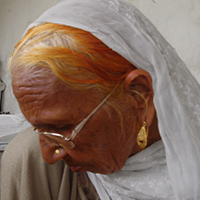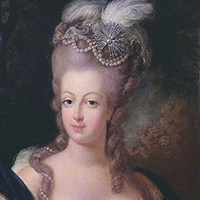

A History of Hair Dye
In ancient times, people dyed their hair primarily with natural and herbal methods. Henna was used in many Mediterranean and African cultures to make red patterns on hair and skin. Other cultures used plants like indigo, cassia, senna, tumeric, and alma for a variety of colors and effects.
Some of the first chemical hair dyes were used in Ancient Greece and Rome. The Greeks mixed vinegar and wood ash to create a chemical reaction that would bleach their hair. It was actually a fairly dangerous chemical reaction that could burn the skin and do significant damage to the hair if it used carelessly. Medieval women also aspired for lighter hair colors, but they bleached their hair overnight with a mixture including white wine and honey.
Along with gold dust, the Romans were known for mixing leaches and earthworms into vinegar to cover graying and achieve a black hair color. Ancient Egyptians used a lead-based dye to color their hair (and wigs) pitch black. By modern American standards, these methods may seem ridiculous.
Though current hair dyes are more effective and more colorful, they still tend to come from dangerous chemicals. In 1856, the chemist William Henry Perkin accidentally created an analine, synthetic, mauve colored dye. Its first use was in textiles, but in 1907, L’Oreal used it to produce the first synthetic hair dye. Forty years later, Schwarzkopf launched a line of home coloring products. Since then the industry has grown, despite growing concerns for health.